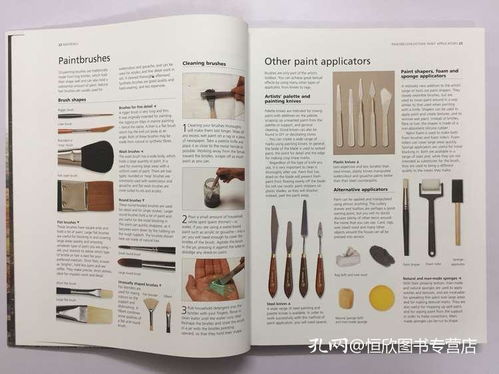Introduction:
For many fishing enthusiasts, the thrill of the catch is often accompanied by the quest for the rare and exotic. Among the sought-after marine delicacies is the lobster, a creature that requires a unique approach to capture. If you're a daily angler looking to add lobsters to your fishing portfolio, this article is for you. We'll delve into the art of hooking lobsters, providing you with essential tips and techniques to increase your success rate.
Understanding Lobster Behavior:
Before we dive into the specifics of hooking techniques, it's crucial to understand the behavior of lobsters. These crustaceans are nocturnal and highly sensitive to vibrations and changes in water temperature. They are also quite territorial and can be quite strong swimmers. Knowing these behaviors will help you tailor your approach to maximize your chances of a successful catch.
Choosing the Right Equipment:
Hook Size and Type: For lobsters, a larger hook is typically more effective. J-hooks or circle hooks are commonly used due to their ability to better secure the lobster's mouth. The size of the hook should be proportional to the size of the lobster you're targeting.
Line and Leader: Use a strong, monofilament line that can withstand the pull of a lobster. A 30-50 lb test line is usually sufficient. The leader should be a bit lighter than the main line to prevent it from being snapped off.
Bait: Lobsters are scavengers and will eat almost anything. However, certain baits like cut fish parts, clams, or shrimp are particularly effective. Ensure the bait is fresh and large enough to attract the lobster's attention.
The Art of Hooking:
Cut Fish Method: This is one of the most popular methods for hooking lobsters. Cut a piece of fish into several pieces and hook it through the center, leaving the hook exposed. This method allows the lobster to grasp the bait with its claws, increasing the likelihood of a successful hook-set.
Circle Hook Technique: If you're using a circle hook, position the bait so that the hook is on the side of the bait, not through the center. This encourages the lobster to grab the bait with its mouth, rather than its claws, which is where the hook will be.
Bait Placement: Place the bait on the bottom or slightly above it. Lobsters are bottom feeders, so they will naturally swim to the bottom to investigate the bait.
Setting the Hook:
Patience is Key: Once you feel the weight of a lobster on your line, wait a few moments before setting the hook. This gives the lobster time to fully grasp the bait.
Gentle Pull: When you're ready to set the hook, give a gentle pull. The sudden movement will trigger the lobster's reflexes, causing it to clamp down on the bait even harder, securing the hook in its mouth.

Handling and Releasing:
Safe Removal: Once you've successfully hooked a lobster, handle it with care. Use a lobster cracker or a pair of pliers to gently remove the hook from its mouth.
Releasing: If you're not planning to keep the lobster, release it back into the water as quickly and gently as possible. Lobsters have a high tolerance for saltwater, but they can be stressed by rapid changes in temperature and handling.
Conclusion:
Catching lobsters can be a challenging but highly rewarding experience for the daily angler. By understanding the behavior of lobsters, choosing the right equipment, and employing the correct hooking techniques, you can increase your chances of success. Remember to fish responsibly and respect the marine environment. With practice and patience, you'll soon be a master of hooking lobsters and enjoying the thrill of the catch.












